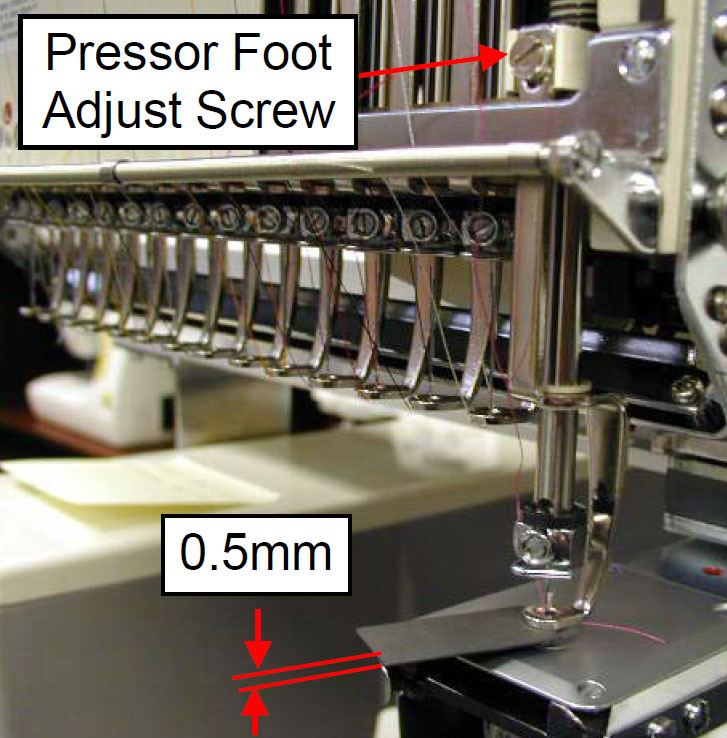|
In this article, we look at stitching on caps and some things you can do to make the process easier. Click Read More for a few things that you can do that may help when embroidering these caps. |
Information on needle breaks and thread fraying while sewing caps.Facts: There is no hard fast rules for sewing caps. What works on a cap today may not work on the same cap tomorrow. You will have to do whatever it takes to get the job done.
|
 |
Use a combination of these hints and ideas to aid in stitching your caps.
|
|
Some embroidery machines come with a flat needle plate and a cap needle plate. The plates were changed out as needed when setting up for flats or caps. Some of these machines changed over to a universal needle plate which worked with either setup.
Look at the images to the right:
|
Flat needle plate. |
|
|
Some embroidery machines come with a changeable BOSS. You can change the boss for flats caps or universal.
See Below: |
Cap needle plate. |
|
|
Needle plate with Boss insert.
|
Needle plate boss |
Universal needle plate. |

 We receive a lot of complaints and concerns about hard structured caps including The Infamous Richardson 112 and similar model caps. These hats are great looking caps that have a front that hold its shape like a batter’s helmet. They hold their shape, however; the thick hard buckram in the front is so hard it ends up shredding thread and breaks needles. Customers love them and embroiders hate them.
We receive a lot of complaints and concerns about hard structured caps including The Infamous Richardson 112 and similar model caps. These hats are great looking caps that have a front that hold its shape like a batter’s helmet. They hold their shape, however; the thick hard buckram in the front is so hard it ends up shredding thread and breaks needles. Customers love them and embroiders hate them.